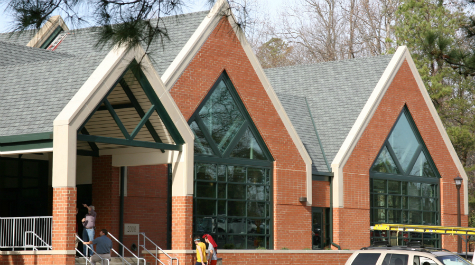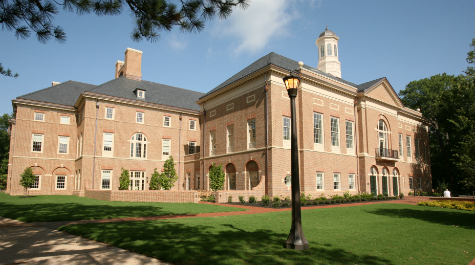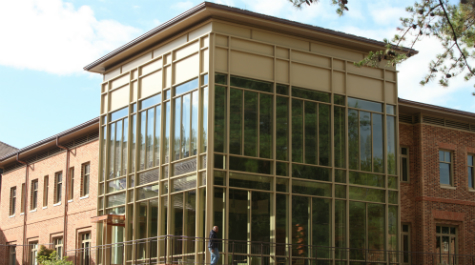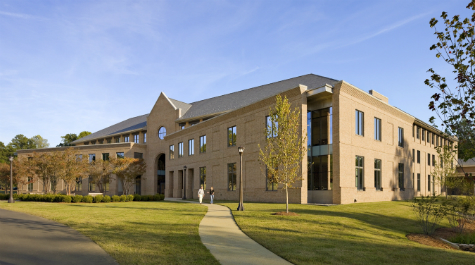William & Mary joins state in LEED certification leadership
William & Mary’s four LEED-certified buildings have contributed to Virginia being named the top state for LEED certification in 2012 by the U.S. Green Building Council (USGBC).
The Cohen Career Center, School of Education, Mason School of Business and Student Recreation Center are all certified for LEED (Leadership in Energy and Environmental Design), a building certification program administered by the USGBC that recognizes buildings with green construction, design and operation. Both the new on-campus fraternity housing currently under construction and Tucker Hall renovations are also set for silver LEED certification upon completion. The renovation of Tyler Hall and the Integrated Science Center (Phase 3) currently under design are planned for silver LEED certification as well.
“Today’s ranking is a validation of the tremendous effort of Virginia’s architects and builders to design and renovate building spaces to be more energy-efficient,” said Governor Bob McDonnell in a Jan. 23 press release.
LEED-certified buildings are designed to lower operating costs and increase asset value, conserve energy and water, be healthier for occupants and reduce greenhouse gas emissions, according to USGBC.
Structures seeking certification are rated on five primary categories, including site sustainability, water efficiency, energy efficiency and emission reduction, the use of sustainable building materials and indoor environmental quality. Certification levels range from certified to platinum, with gold being the second highest rating.
In 2007, the Student Recreation Center was the first structure at William & Mary to receive LEED certification, receiving high marks for its access to alternative transportation, the installation of a treatment system to filter out sediments from water runoff and use of water-efficient landscaping.
More recently, the Schools of Business and Education as well as the Career Center all received gold LEED certifications.
The School of Business received its gold certification in April 2010, earning recognition for its system of collecting rainwater from the roof for irrigation use, landscape designed around native and drought-resistant species reducing the need for irrigation and indoor carbon dioxide monitoring to ensure optimal air quality.
In 2011, the School of Education and Career Center both received gold LEED certifications.
The School of Education’s gold ranking reflects innovation in design—earning the maximum possible number of credits for innovation on its LEED scorecard—as well as its green construction and operation. The building uses 20.8 percent less energy and 30.5 percent less potable water than a comparably sized structure, while over 90 percent of debris from the demolition of the former Williamsburg Community Hospital was recycled.
The Career Center’s ranking recognizes its use of preexisting parking areas, systems that reducing water usage, efficient heating and air conditioning equipment and the building’s narrow width, which allows natural light to penetrate to most occupied spaces.
“We are pleased that each of these new facilities has been recognized with gold certification from USGBC,” said Anna Martin, vice president for administration, when the Career Center received its ranking. “It is the commitment to the principles of sustainability by all involved that moves us forward.”


















